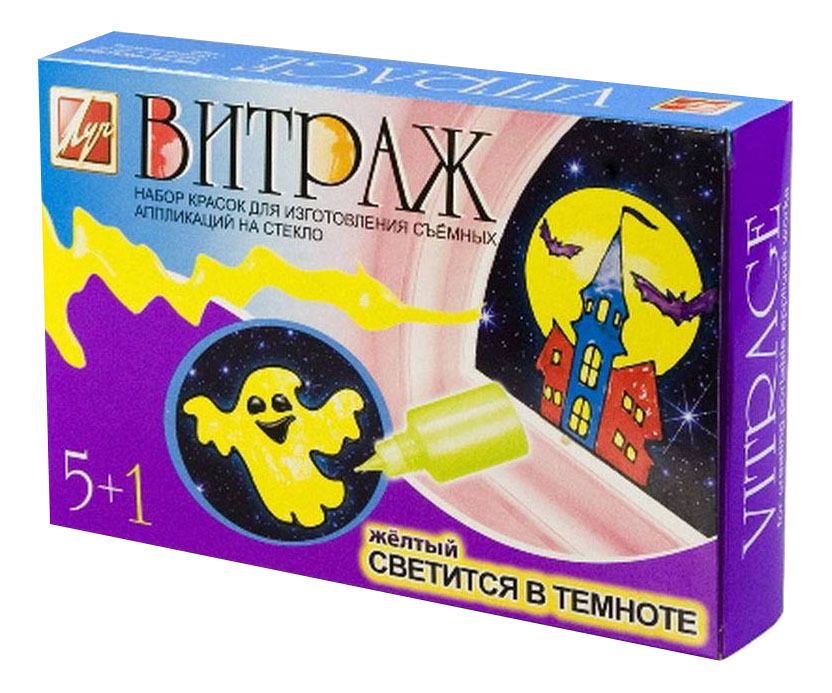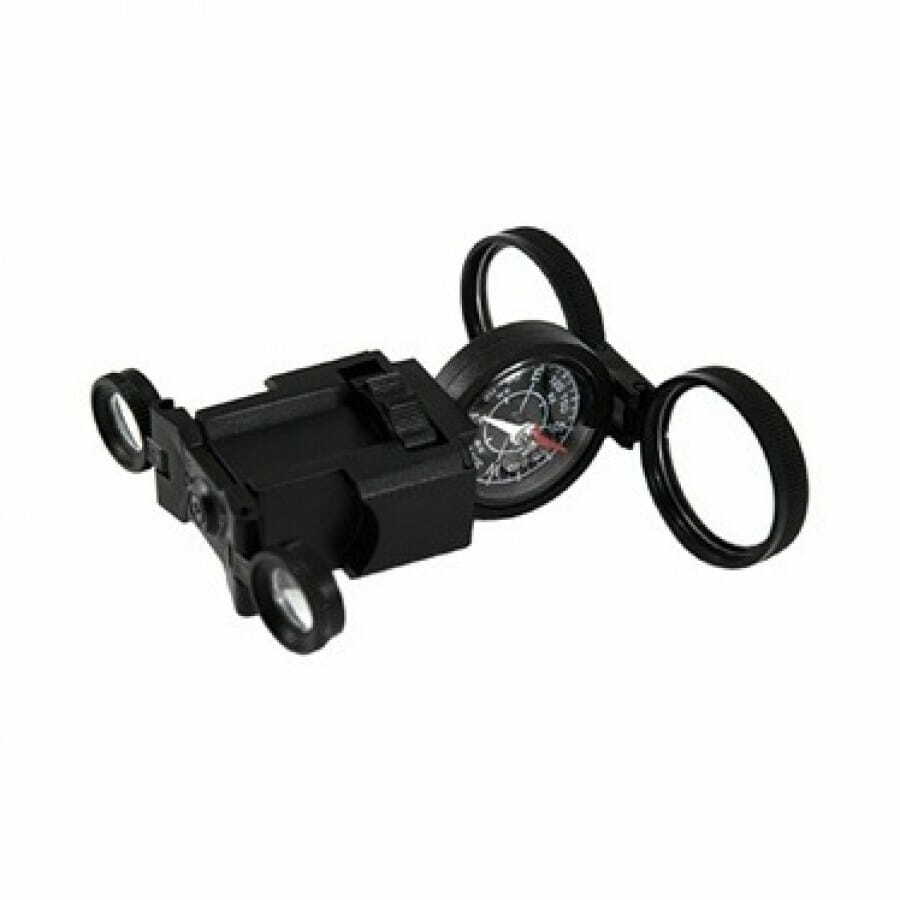Metal modern pipelines used infrequently. Most communication today is harvested from durable plastic, most often polypropylene. Naturally, the compounds and methods for water and sewer pipes polypropylene are different from conventional welding.
Mounting polypropylene products
There are two main types of plastic pipe installation:
- non-detachable welded: fusing parts exposed to high temperatures by using a special design of the welding apparatus; due to the lack of gaps in the field joining such a method is considered the most reliable; it is ideal for 16-40-mm pipes; The disadvantages are the inability to temporarily dismantling;

- species preceding species compound is a so-called cold (adhesive) welding, a process in which plastic is not melted, and dissolved by means of special adhesives; but this method is only applicable for piping for supplying cold water;

- releasable (in fitting) by means of intermediate elements - adapters; method is applicable mainly for thin-walled articles and the conjugation of small diameter pipes and pipe connections of different materials: polypropylene with propylene, propylene with metal; to gain seats interface, use tape or Teflon seal.

The latter type of installation it is permissible only to pipes through which cold water will be carried out. Indeed, when heated due to thermal expansion between mating parts may form a gap, and as a result, a leakage. It is therefore considered more reliable method for welded pipe joints with hot water and heating installation.
Fixed welded joints in turn are divided into:
- Butt: I do not require the use of additional components; welding is carried out "tube to tube"; a similar method is applicable for the docking of large diameter parts, and only polyethylene; polypropylene for such a method is not used; plus a special expensive equipment necessary for him; because for the work in the home is not suitable, so the details on it, we will not dwell;

- using adapters flare fittings (mufovaya welding); be melted outer side and the inner surface of the pipe fitting; this is the method used to mount the hot water pipes of heating systems.

Tip! For the system of underfloor wiring and cold water pipes it is desirable to take marked PN-10. Products of larger diameter PN-16 needed for the heating assembly. When used parts PN-20 and -25 only welding is used.
Creating a one-piece welded joint
How to connect pipes Polypropylene (PP) to each other? Ideal - welding. This mounting method, in which molten polypropylene pipe and fitting is mixed at the molecular level, often called diffuse welding. The result is an integral structure.
required tools
To create welds need to stock up on the following tools:
- cutter to obtain a perfectly flat slices or hacksaw;
- welding device: it is called in the home for soldering polypropylene;
- milling cutter or attachment on a drill for stripping reinforcement;
- a conventional knife or a tool for chamfering (edge) cuts;
- marker;
- building level;
- gon.

Diffuse welding phases
The connection process by welding in the home is simple. The most important thing is to work quickly and accurately. To adjust to the system and to maintain the exact time of melting plastic at first best practice on a small piece of polypropylene pipes.
So, tell me how to solder plastics:
- Soldering must be placed on a horizontal flat surface.
- The ends of the pipes and the ends trimmed so as to obtain cut just below 90 °. Through trimming burrs are removed, as well as interfering with conjugation reinforcement segments.
- After stripping the ends degreased with acetone.
- They put on a special nozzle welding machine, heated to a certain temperature (it is specified in the instructions and depends on the diameter of the pipe).
- required diameter nozzles are selected in advance, and are attached to the welding machine. This will require a little effort. Detail, which is put on a fitting called a mandrel. The nozzle, which is attached to the end of a pipe - hollow.
- After heating parts for a few seconds the pipe and fitting is removed. Doing this required simultaneously with both hands.
- The end of the pipe must be heated immediately enter into the fitting up to the stop and firmly fix the arms in this position for a few seconds. Slip segment or screwing into fitting prohibited. Docking should be done only in a straight line. Fixture time and cooling plastic is indicated in the table - appendix to the instructions.
Tip! To obtain a firm connection pipe and fittings are used the same thickness and diameter. Welded products from different manufacturers is highly undesirable - the material should be compatible in their chemical properties.

Main welding bugs
The compounds may turn out fragile as a result of the following errors:
- plastic contamination or moisture: entering the heated plastic extraneous inclusions leads to its deformation; the water in the heating process quickly converted into vapor which drops, mixing with plastic lead to its weakening;
- An unsuitable temperature: if it is not high enough, the seam will be weakened and eventually will leak; plastic, overheating can cause the loss of its shape and sag which will impede the normal permeability of the pipeline;
- insufficient dwell time before full solidification of polypropylene, with which the possible misalignment;
- heated nozzle pipe in the fitting is not to end, thereby forming a hollow portion with a reduced wall thickness; seam strength at this point is reduced, and even a slight increase in pressure may result in leakage;
- similar defect is formed and the presence or uneven sections unremoved burr, which lead to the formation of voids;
- excessive force when connecting parts and their shift; The resulting defect formed plastic overlap preventing the passage of water;
- poor stripping foil with an intermediate layer; even a small piece of hit results in lower pipeline patency.

Cold welding
Another way secure connections polypropylene tubes. It is obtained in the same stout as seams resulting diffusion welding. Cold welding can be applied when mounting parts of practically any diameter, both large and small. However, since the adhesive is able to soften under the influence of elevated temperatures, this method is applicable only for cold water or sewer systems.
- After marking, cutting and stripping of their miter and made clear the pairing places from contamination and degrease with acetone.
- Glue gun or convenient to apply by brush. The composition to be distributed uniformly over the target surface.
- Further, the pipe and fitting tightly pressed against each other for a short time (which is indicated in the instructions). Typically, the thickening composition is sufficient for 20-30 seconds.
- Items must be carefully, trying not to shift, set aside. Although the setting time of the compositions was 15-60 minutes, exposing the seam loads permitted only after the final polymerization, which lasts at least one day. Move or disconnect the parts prior to the expiration of this time is not allowed.
Tip! When buying an adhesive for cold welding read the instructions carefully. In some cases, its production will require the mixing of the two components. In case of violation of the right proportions adhesive properties of the drug can be reduced.

The releasable fitting connector
You do not know how to connect the pipe HDPE (polyethylene) with a polypropylene? Take into service exactly this method. Suitable coupling it to other materials, and mounting the small-diameter pipes.
Docking means of detachable fittings convenient - at any given compound can be disassembled, cleaned, or replaced. No special tools to create it is not necessary - enough scissors for cutting polypropylene or a hacksaw for metal and a set of wrenches.
We describe the process of creating a releasable connection stages:
- At one end fastened crimp nut. It also should be located a split-type ring. Moreover, its edge should be located 1 mm from the edge (cutoff).
- Stykuya it to the second pipe and fasten it to the fitting.
- Wrap with a wrench crimp nut.

Coupling of plastic pipes with metal elements
Conjugation of polypropylene with other welding materials is technically impossible. only flanged connection is used in these cases. For mounting of polypropylene products with different types of mixers, counters and other devices, which are made Adapter made of steel, it is necessary to select specific fittings, fitted with two types of mounts - internal or external threaded coupling for soldering.
Conjugation of polypropylene with steel fittings manufactured by the following manner:
- The metal element that requires docking, processed oil or grease. Further, it is threaded. Depending on the type of fitting it may be internal or external.
- Seal the thread can tow or tape-fum. Tow better further treated with silicone.
- Screwed fitting.
- To the other end of his summing-heated soldering iron of polypropylene pipes.

Metal-plastic and polypropylene
How to safely connect to the polypropylene composition pipe? There are three basic ways to create similar lines:
- by means of couplings and a pair of fittings designed for specific types of pipes;
- flanges with metal washers;
- through bilateral couplings and fittings made of polyethylene: the most tried and tested method used for heating.
Fixing the pipes made by welding or by threads. Fittings for metalloplastika made only of metal. Flanges in such systems are not used. Additional sealing in conjunction provides fum tape.



